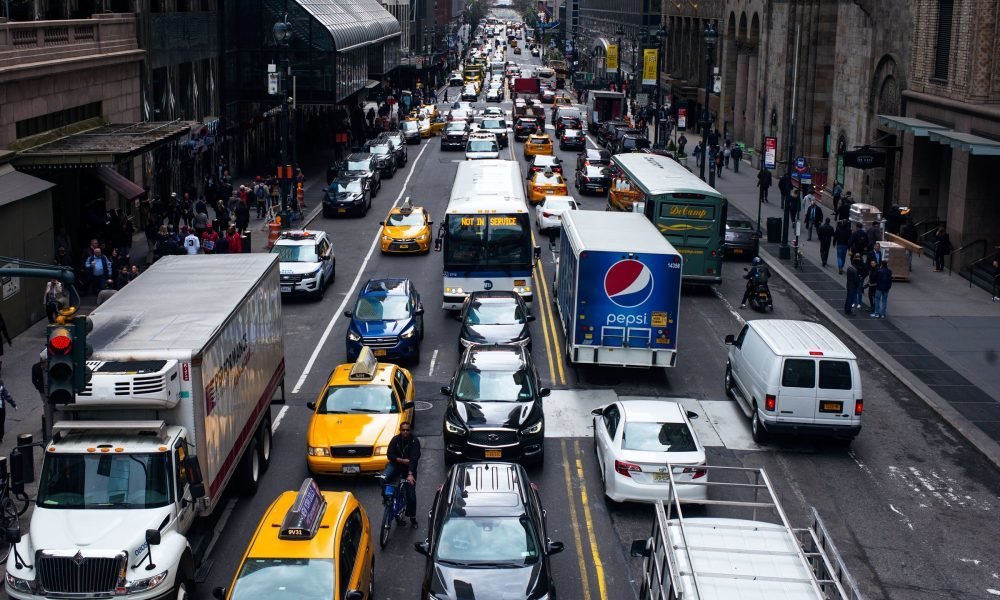
New York City Council Votes to Cap Ride-Hailing Vehicles

Majority Carries The Vote
A majority of the New York City Council on Wednesday reportedly voted to put a limit on the total number of vehicles available for transportation and hire delivery in New York. The decision obviously came as a not-so-pleasant one for tech businesses such as Lyft and Uber. The voting was primarily to put on hold the issuing of for-hire vehicle licenses for 12 months. The council will reportedly study the industry during this period.
It is worthy to mention that the limit does not mean Lyft and Uber would not be issued licenses for vehicles that are wheelchair accessible. It would only be stopped from allowing more new ride-hailing cars for a year. The cap will also not stop the Taxi and Limousine Commission from issuing licenses in specific neighborhoods that do not have enough ride-hailing vehicles. One other proposed bill seeks to create a $15 minimum wage for the ride-hailing drivers. Both bills have proceeded to Mayor Bill de Blasio, and the Mayor has pitched his support for the cap.
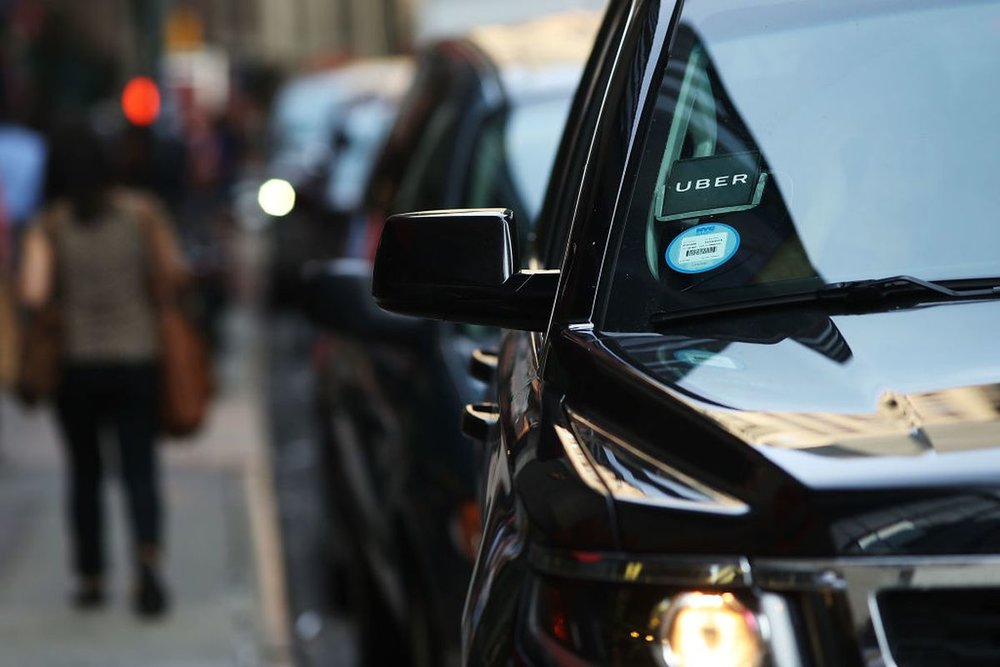
The cap will also not stop the Taxi and Limousine Commission from issuing licenses in specific neighborhoods that do not have enough ride-hailing vehicles.
Lyft and Uber in defending their position argued that the effect of the cap would cause New Yorkers to wait more extended periods to get a cab. They also mentioned it would lead to reduced reliability of services offered in the city. However, in countering their argument, Corey Johnson, a council speaker noted that the people of the city wouldn’t see any difference in their daily movement except for a few seconds.
New York Sets Trend
This move to temporarily halt the issuance of licenses makes New York the first city in the US to move for a freeze on the number of ride-hailing cars. New York is allegedly one of the top users of this services, and that is because several New Yorkers are opting for taxi calling service as an alternative to the city’s public transport system.
At the moment there are reportedly over 100,000 ride-hailing vehicles in the city which is four times more than the traditional taxis. Johnson while referring to a report that over one-third of the cars remained empty at a particular time stated that the vehicles increased traffic congestion. The unfettered growth of the ride hailing cars reduced the use of traditional taxis and the taxi drivers reportedly protest the growing Uber and Lyft drivers.
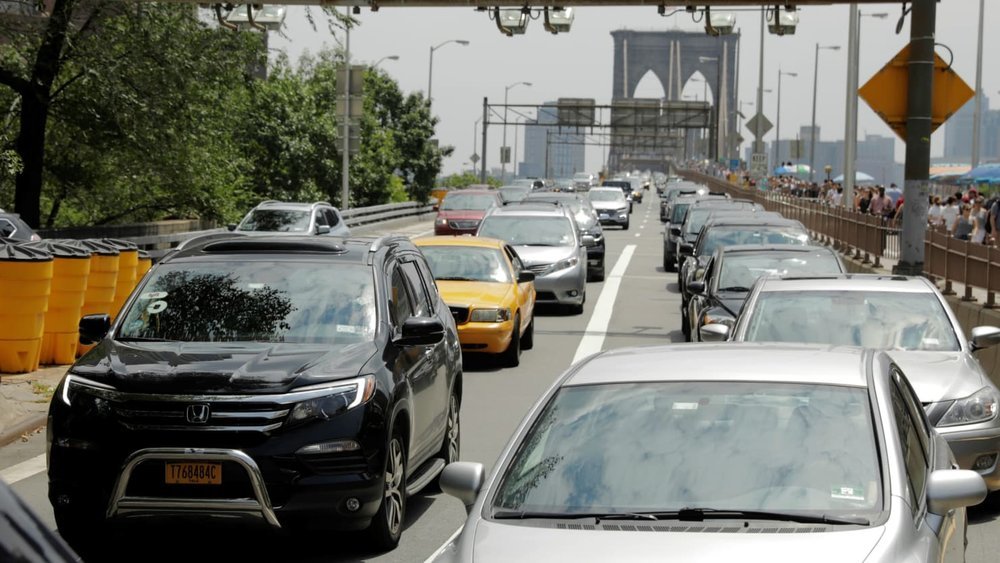
This move to temporarily halt the issuance of licenses makes New York the first city in the US to move for a freeze on the number of ride-hailing cars
Impact of Ride-Hailing Vehicles
Johnson at the end of the voting stated that there was an actual human impact of the growth of Uber and Lyft cars in New York. According to Johnson, while some of the city drivers already filed for bankruptcy, some others have ended their lives as they fell deep in debt.
On the other hand, Lyft and Uber reportedly funded million dollar advert campaign and even urged its customers to indicate their support for the company. They argued that the cap would render their drivers incomeless. They also contended that it would also affect the low-income earners and minority residents who lived in the outer borough of the cities. According to them, residents of outer borough cities could not easily access the public transit means and are sometimes ignored by the regular taxi services.
In addition to the cap, there is also a second bill which would make ride-hailing companies such as Lyft and Uber with high volume to make data on charges and usage available. Failure to comply will open them to a fine of $10,000. The move for geographic restrictions as well as a $15 minimum wage for the ride-hailing drivers also received approval.
The ride-hailing companies have condemned this Council vote. According to Uber’s spokesperson, the pause on the issuance of new vehicle licenses for s year would come as a threat to the system which is one of the only reliable transport options. The spokesperson also added that it would still not reduce traffic congestion. Also Lyft’s vice president of policy, Joseph Okpaku stated that it would likely bring back the struggle that comes with getting a ride most especially for people living in outer boroughs.
However, Council members refused to budge. 39 members of council voted for the cap while only six voted against it. Johnson also denied claims levied by the companies that they were not given the audience as he noted that the companies were carried along all through the decision making process. It is envisaged that the decision could likely have broader consequences. If the cap successfully levels the playing ground for the traditional taxi drivers, reduce congestion and also increase the standard for drivers, other cities could subsequently adopt the model.
More in Business
-
`
How to Audition for a Movie the Right Way
Making your way into the film industry can be intimidating, but understanding the audition process is key to success. But how...
September 13, 2024 -
`
What Does B Stock Mean? Understanding B-Stock Products
Have you ever stumbled upon a product labeled “B-Stock” while browsing your favorite online music store? If you’re wondering what B...
September 6, 2024 -
`
Why Did FedEx Just Lay Off 2,000 Workers?
FedEx, the renowned global delivery service provider, is set to make significant workforce reductions as it grapples with a downturn in...
August 27, 2024 -
`
Why Is Ryan Garcia Suing Bryce Hall?
In recent weeks, the internet has been buzzing with questions about why Ryan Garcia is suing Bryce Hall. The 26-year-old boxer,...
August 19, 2024 -
`
Start A Poké Bowl Business With These Simple Easy-To-Follow Steps
Starting a poké bowl business can be a rewarding venture, tapping into the ever-growing trend of healthy and delicious fast food....
August 14, 2024 -
`
How Does Real Estate Investment Banking Work?
Real estate investment banking is a dynamic sector that plays a crucial role in the financial ecosystem of the real estate...
August 7, 2024 -
`
Why Retail Giant Staples Plans Job Cuts in New Jersey
Office products retail giant, Staples announces significant job cuts in New Jersey as part of a broader restructuring strategy. The Massachusetts-based...
July 30, 2024 -
`
Brighton Butler Divorce – What Went Wrong?
The fairy-tale romance between fashion blogger Brighton Butler and her husband, Duncan, once painted a picture-perfect image of love and success....
July 22, 2024 -
`
Everything You Need to Know About a Land Trust
Creating a land trust can be an essential move for those looking to protect their land. But how to create a...
July 17, 2024



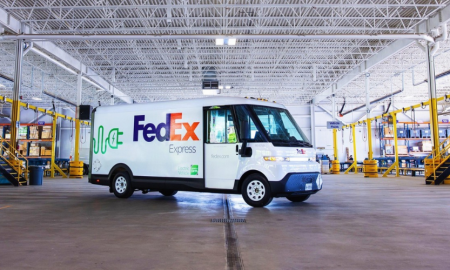









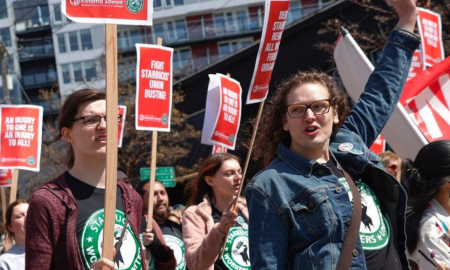

You must be logged in to post a comment Login